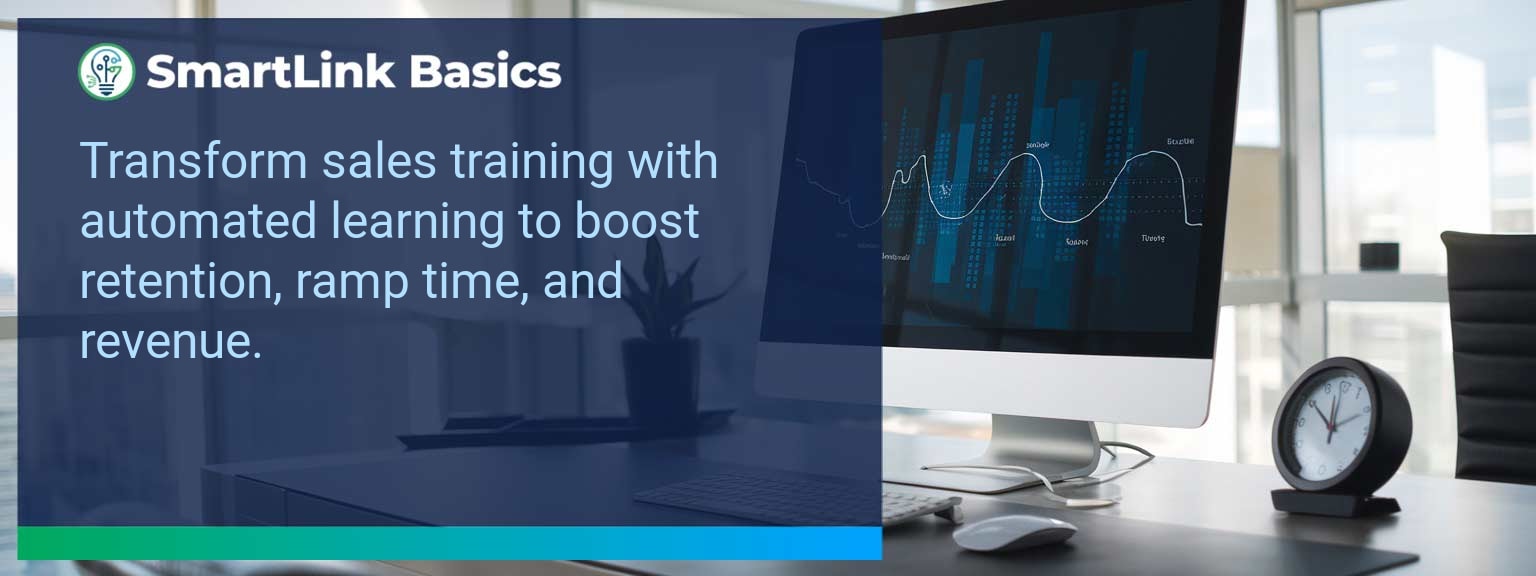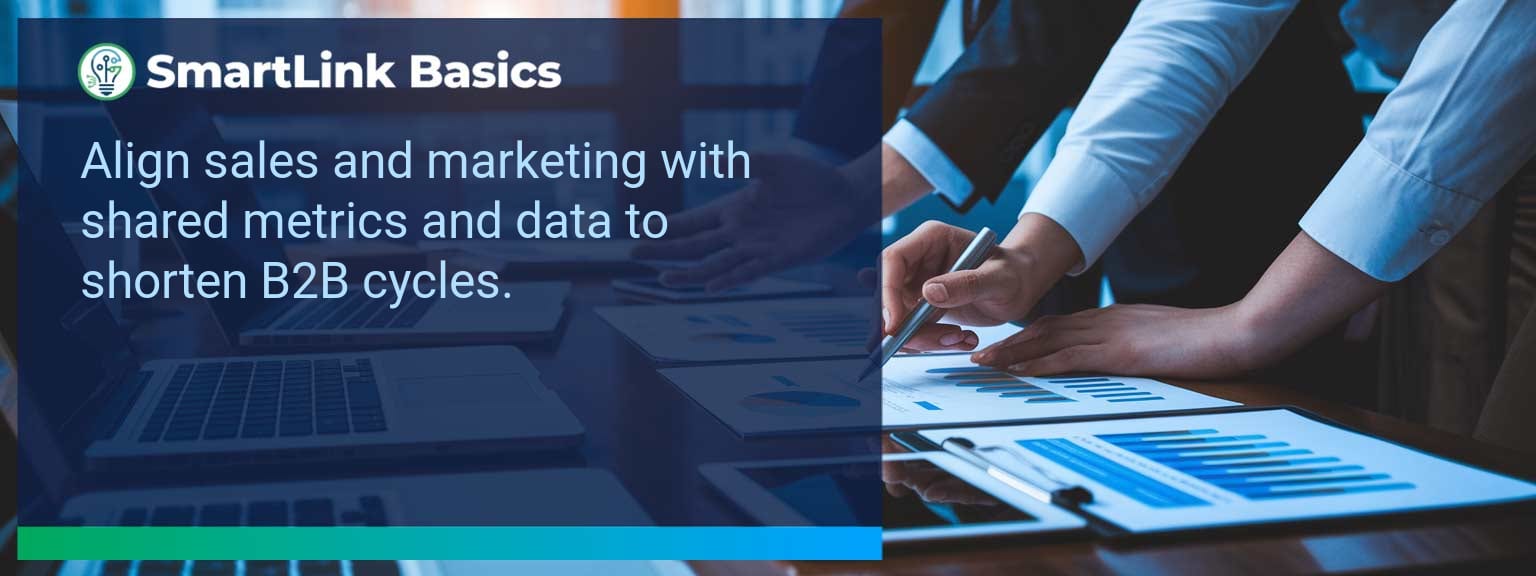AI-driven platforms are changing how leadership teams coordinate, track, and execute high-priority projects. According to McKinsey, companies leveraging automation for project workflows can improve productivity by up to 30%. At SmartLink Basics, we see AI Tools for Task Management not just as a convenience but as a necessary infrastructure for modern revenue operations. This article outlines how sales leaders can integrate AI task management software and collaborative AI tools to solve common bottlenecks, improve team productivity, and drive measurable outcomes. You’ll learn the key challenges these tools address, how to design AI-enabled workflows, and how to track success with the right metrics.
- Identify task and workflow inefficiencies with AI analysis.
- Automate repetitive administrative tasks to free leadership time.
- Enhance cross-team visibility and accountability in real time.
- Integrate AI project planning into existing CRM and sales tools.
- Measure ROI using productivity, cycle time, and quality metrics.
Common Roadblocks in Managing Tasks and Teams with AI Tools for Task Management
Even experienced sales managers face recurring barriers: fragmented communication, missed deadlines, duplicated work, and unclear ownership. For multi-tiered sales organizations, these inefficiencies compound quickly, affecting both short-term deals and long-term growth.
Consider a distributed sales team where updates arrive via multiple channels. Without centralized AI task management software, priorities often shift without alignment, leading to wasted cycles.
Use AI-powered digital task tracking to centralize project data, assign owners, and create automated nudges when deadlines approach. Streamlining these basics prevents work from falling through the cracks and maintains client-facing focus.
Redesign the Revenue Operating System with AI Tools for Task Management
Applying workflow automation and AI-driven project collaboration requires rethinking core operating systems. Four building blocks drive success:
ICP, Segmentation, and Targeting
AI can refine customer profiles by analyzing deal history, engagement patterns, and intent data. This ensures task prioritization aligns with revenue potential.
Pipeline Architecture
Predictive analytics enhances forecasting and flags pipeline risks early, enabling managers to allocate team resources effectively.
Plays and Messaging
Integrated AI productivity tools surface content and scripts matched to deal stage and persona, reducing ramp time for reps.
Operating Cadence
Automated reminders and dashboard insights sustain consistent execution without micromanagement.
Select one segment and implement AI tools systematically, starting where revenue leakage is measurable.
Leveraging AI to Simplify and Organize Workflows
The strength of collaborative AI tools lies in their ability to interconnect systems seamlessly. A sales leader might pair AI project planning with CRM automation so that lead qualification triggers task creation for follow-ups. This eliminates hand-off delays and improves conversion rates.
A regional sales team that adopted AI-powered project boards reduced administrative time by 20%, reallocating hours to prospecting. That shift directly increased pipeline value within 60 days.
The lesson: pair automation with clear ownership rules to maximize the value of AI task management software.
Measured Success Through AI-Powered Management
Defining success is often the missing step. Use structured KPIs that differentiate between activity, output, and quality. AI productivity tools can track metrics in real time, presenting insights leaders can act on immediately.
For example, a B2B SaaS team measured average sales cycle length and project completion dates before and after AI integration. The AI-enhanced period showed a 25% decrease in cycle time and a 15% increase in on-time delivery.
Strategically align your AI reporting with revenue goals so productivity translates into measurable growth.
| Category | Metric | Definition | Target |
|---|---|---|---|
| Leading | Task Completion Rate | % of assigned tasks finished on time | 95% |
| Lagging | Sales Cycle Time | Average days from opportunity creation to close | Reduce by 20% |
| Quality | First-Time Right Delivery | % of deliverables accepted without rework | 90% |
The Next Evolution of AI in Team Collaboration
AI’s future in project collaboration will focus on predictive coordination—alerting leaders to risks before they manifest. Integrations with communication platforms will further blur the lines between planning, execution, and coaching. For leaders, this means more proactive management and fewer fire drills.
According to industry trends, by 2027 over 60% of enterprise teams will rely exclusively on integrated AI collaboration platforms for task orchestration. Sales organizations that embrace this shift early will own the efficiency advantage.
Get the 90-day plan, coaching rubric, and dashboard template to operationalize AI in your enablement program.
AI-Powered Task Systems Are Now a Revenue Essential
Integrating AI Tools for Task Management into your sales operation delivers speed, precision, and transparency across every workstream. This article outlined the specific barriers these tools solve, the frameworks for applying them, and the metrics to prove ROI. To stay competitive, build AI enablement into your core operating system starting now. Explore more AI-driven sales enablement resources from SmartLink Basics and apply them to your next quarter’s execution plan.









